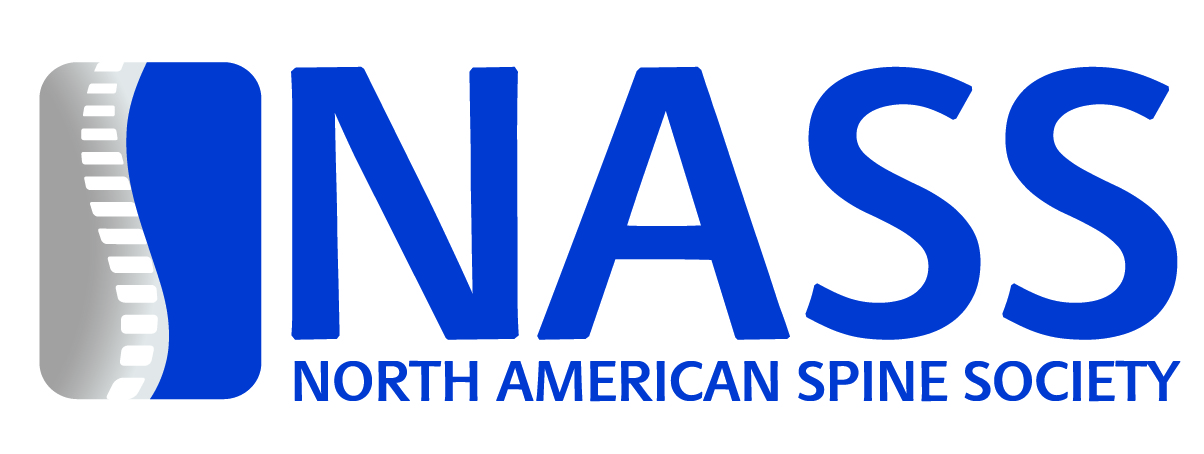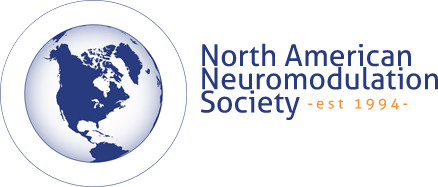At the Spine Institute of North America, our board-certified spine specialists are here to help you understand the complexities of spinal health. Three common spinal conditions — spondylosis, spondylitis, and spondylolisthesis — can significantly impact mobility and quality of life, but they each have distinct characteristics.
With the right diagnosis and tailored treatment plan, these conditions don’t have to define your life.
What Is Spondylosis?
Spondylosis is the term used to describe the anatomic defect or break of the pars interarticularis of the vertebral arch. It’s mostly associated with aging, as 90% of adults who are 60 or older have this condition. It affects men and women equally, but it’s more common in athletes, smokers and people with a previous spine injury. Also, excess body weight places additional stress on the spine, increasing the risk of spondylosis.
Spondylosis is age-related arthritis that affects the spine, with the most common cause being cumulative joint stress. Some common symptoms of this condition include:
- Muscle spasms
- Weakness in your arms or legs — and general muscular weakness
- Pain in the back and neck
- Sensation of pins and needles
- Decreased flexibility
- Headaches
- Clicking sounds from the spine
What Is Spondylitis?
Spondylitis is a condition where the immune system attacks your joints, causing inflammation and excess bone formation and leading to spinal stenosis, which occurs when the space in your backbone narrows. Over time, untreated inflammation can lead to permanent damage, including the fusion of spinal vertebrae — a condition called ankylosis, which limits mobility. Different types of spondylitis cause symptoms in different parts of the body, affecting the following:
- Back
- Heart
- Skin
- Joints
- Eyes
- Digestive system
The common types of spondylitis are:
- Ankylosing spondylitis: Ankylosing spondylitis is the most common form affecting the sacroiliac joints and spine. Symptoms include hip joint pain, swelling, stiffness and lower back pain in the early and progressive stages. This type of spondylitis has three stages — early, progressive and late. In the late stage, some vertebrae may fuse together.
- Reactive arthritis (ReA): ReA is inflammation following a bacterial infection and may cause a skin rash, back pain, eye inflammation and joint pain.
- Psoriatic arthritis (PsA): PsA is linked to psoriasis and may involve the spine. It causes back pain, pain and swelling in hands, stiffness, a psoriasis flare-up and dactylitis.
What Is Spondylolisthesis?
Spondylolisthesis occurs when one vertebra slips out of alignment — slips forward — with the one below it, potentially compressing nerves and causing pain. A vertebra is a bone in your spine. It’s common in the lower back but can happen anywhere along the spine. Spondylolisthesis is not to be confused with a slipped disc, as these are different conditions.
Spondylolisthesis does not always cause symptoms, but if it does, they are usually:
- Pain in your lower back.
- Numbness or pain spreading from your lower back down one leg.
- The muscles in the back of your thighs — hamstrings — are tight.
This condition can develop due to:
- Congenital defects.
- Repetitive stress or overuse.
- Trauma or injury — common in athletes.
- Bones in the spine that weaken with age.
- Genetics — a family history of spinal conditions may predispose individuals to developing this condition.
What Makes Spondylolisthesis Worse?
Spondylolisthesis can worsen due to activities or conditions that increase strain on the spine, leading to greater inflammation or nerve compression. Other common factors that can aggravate the condition are:
- Heavy lifting
- High-intensity jumping or running
- Repeated bending or twisting
- Obesity
- Lack of core strength
- Untreated inflammation
- Ignoring pain
What Are the Four Grades of Spondylolisthesis?
The four grades are:
- Grade 1: Grade 1 is a 1-25% slip.
- Grade 2: Grade 2 is a 26-50% slippage.
- Grade 3: This grade is a 51-75% slip.
- Grade 4: The last grade is a 76%-100% slip.
Diagnosis of Spinal Conditions
If you’re experiencing symptoms like persistent back pain, stiffness, numbness or difficulty with movement, it’s essential to seek medical advice. Conditions like spondylosis, spondylitis or spondylolisthesis can worsen over time, leading to further discomfort and limited mobility.
An overview of the diagnosis process:
- Magnetic resonance (MR) scan: MR scans provide detailed pictures of the spinal cord and nerves, which is useful for identifying nerve compression or inflammation.
- Computed tomography (CT) scan: CT scans provide more detailed pictures of the bones and soft tissues.
- X-rays: X-rays detect structural abnormalities, alignment issues or bone damage.
Treatment Options
Our experienced spine surgeons and providers offer treatment options no matter your injury. There are nonsurgical and surgical treatments for each condition, which include:
- Physical therapy
- Medications
- Spinal fusion
- Laminoplasty
- Laminectomy
- Discectomy
- Rest
The type of surgery a patient needs varies depending on the cause of the spinal cord compression. Doctors will recommend surgery if you are experiencing severe pain and conservative methods have failed or other symptoms that affect your stabilization and ability to stand.
Seek Medical Advice Today
At the Spine Institute of North America, our experts are here to listen, evaluate your symptoms and provide effective treatment plans to improve your quality of life. Reach out to us today and take the first step toward a healthier spine.









